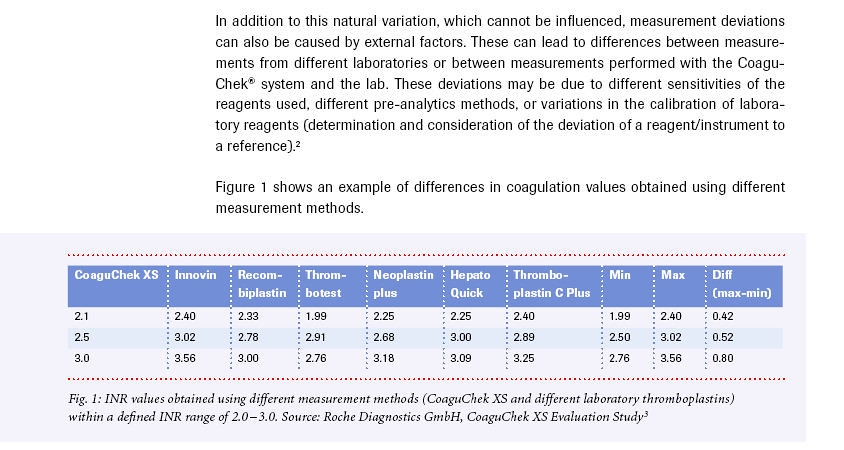Chris - this may be an exercise in futility. Two weeks ago, I compared my Coag-Sense 'Classic' and my PT2 to each other. The 'classic' gave me a 2.8, and the PT2 gave me a 3.0. This was a bit surprising, but they were well within any reasonable margin of error.
Same batch of strips, done within minutes of each other.
It might be fun to do the comparison. And it would be good to put the comparison on this or another thread.
I'm in Northridge.
I'm imagining the arrival of two people at a Jack In The Box, or a more REAL restaurant. They're both carrying boxes. They order (maybe) and take a seat at a table, sitting across from each other.
They open the boxes and take out some small devices that look like electronics. These aren't cell phones. They don't look like they play music. WHAT THE HELL ARE THEY? Then they take out these small foil envelopes, some tiny tube-like objects, and small, odd looking plastic things.
What the hell are these guys up to?
A manager walks to the table. 'Is there something I can help you with?'
One of the two says, 'no, thanks, we've got this.'
The manager repeats 'is there something I can help you with?'
The other man says, 'no, thanks, we're just testing our blood.'
The manager, confused, looks closely at the meters. They don't look likes something he's ever seen.
'Are you SURE you're okay?' the manager asks, increasingly confused.
By now, the meters are ready for a test. Both beep.
The men push the 'Test' button on this odd electronic device. They open the foil packets and remove plastic strips. They then push them into the meter. A countdown begins.
The manager may let this continue. Or, he may yell 'everybody out! It's a bomb.' Or, perhaps, police cars pull up to the door of the restaurant.
Or, perhaps, the manager says 'hey, my grandmother used to test her blood. Meters sure have improved.'
Then the men prime the incision device, pulling out a plastic piece, and squeeze below the first knuckle to get blood to pool in the fingertip. The machine beeps. The men put the plastic tube where they can easily get it, then they poke a hole in their fingertips, getting a good drop of blood. The transfer tube draws the blood into the tube, and the blood is deposited on the strip. Less than a minute later, the machine beeps.
A few minutes later, they try again. After filling the transfer tube, they TRADE TUBES. Each man is now running a test on the OTHER meter.
Finally, the food arrives.
The two men pack up their machines, strips, and incision devices. They might eat their food or drink their drinks, and talk a bit about self-testing.
And, as they walk out, the staff and managers follow them with their eyes, wondering what the hell that was all about.




